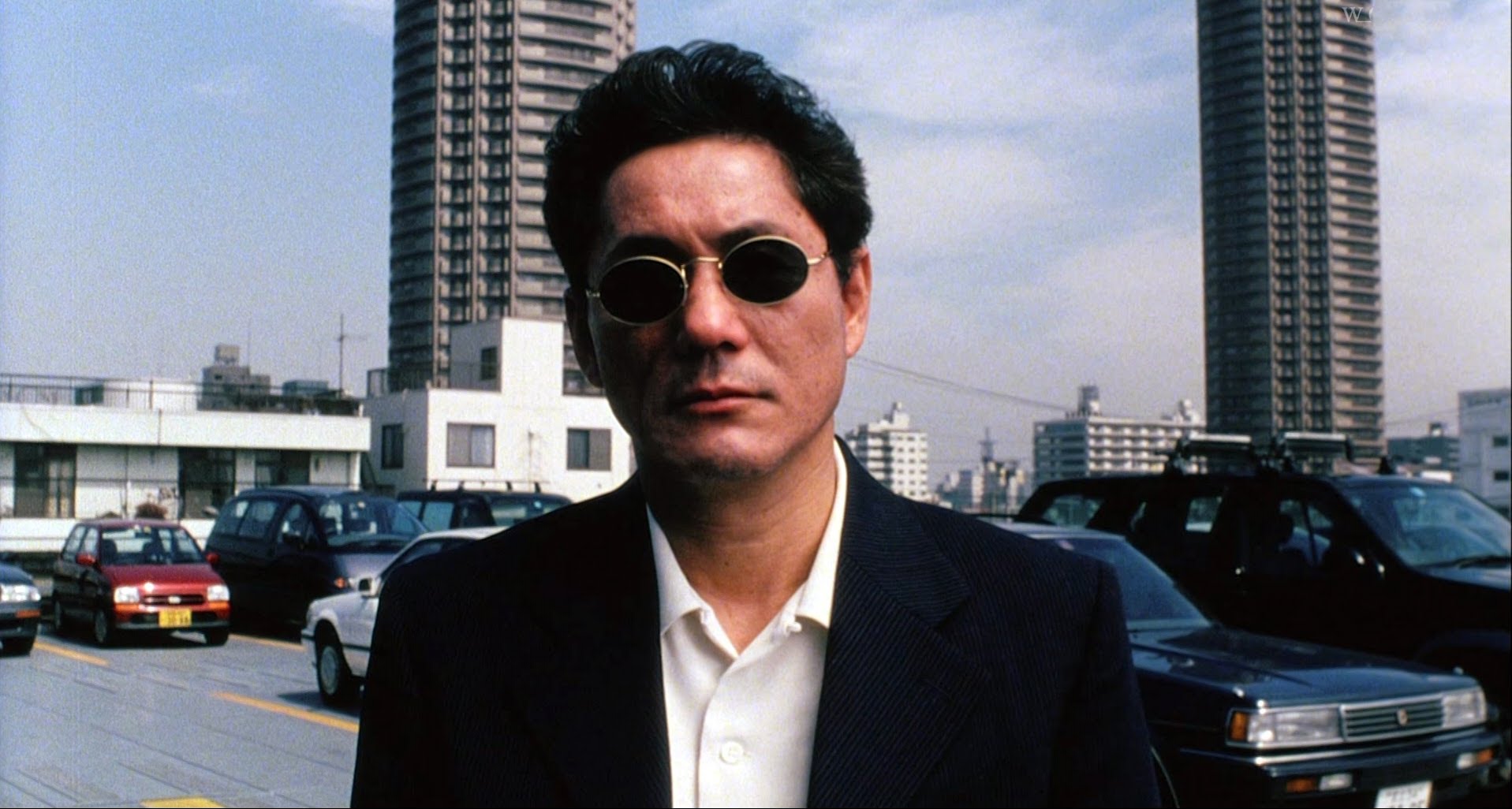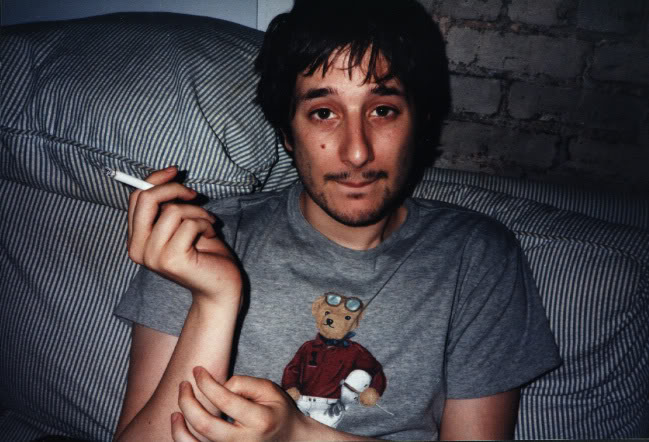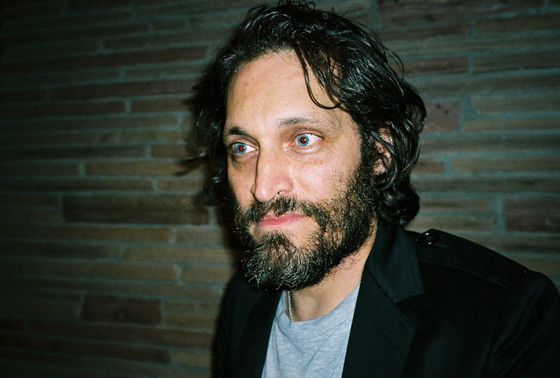11. Derek Jarman (director / screenwriter / diarist / painter / gardener / set and stage designer / author / gay rights activist)

Derek Jarman epitomizes a man of serious hobbies and serious causes, as he is known as one of the pioneers of New Queer Cinema. He attended the Slade School of Fine Arts and started his career in the industry as a set designer, having famously been the production designer for Ken Russell’s “The Devils”. His first films were experimental super 8 mm shorts; he later moved on to larger projects, while maintaining this expression as a parallel endeavour.
His films were largely unconventional in their storytelling and earned him great significance as a proposition in the craft. His best known films are “Sebastiane”, “Jubilee”, “Caravaggio”, “The Last England”, “War Requiem” and “Edward II”, among many others. Apart from the audacious themes of sexuality and conditions, they were also great demonstrations of punk aesthetics and other forms of artistic exercise.
These cult classics were spoken in a film language that has hardly been touched since their release. He also designed stages for many different kinds of performances; he directed an innovative prop and audiovisual based theatrical concert tour for the Pet Shop Boys, and made the stage for an opera by Sylvano Bussotti.
He made groundbreaking choices in enterprises like pop video and gay activism. While the latter is not necessarily a talent, it was a cause that he, as a gay man, was working on through newer media.
Jarman is also known for his famous shingle cottage-garden in the vicinity of the Dungeness Nuclear Power Station that he crafted in traditional timber, with tar-based weather-proofing. Embossed wooden text on the side of the cottage is the first stanza and the last five lines of the last stanza of John Donne’s poem, ”The Sun Rising”. The cottage garden was made by assembling flotsam that washed up nearby, sprinkled with endemic salt-loving beach plants against the lively shingle.
12. Takeshi Kitano (director / screenwriter / actor / film editor / comedian / presenter / singer / author / poet / painter / video game designer / show host / professor)

Famously known as the spiritual heir of Akira Kurosawa, Takeshi Kitano’s idiosyncratic arthouse cinema, characterized by unconventional editing, experimental rhythm of takes, nihilistic yet humane expressions, near-static camerawork, deadpan acting, and perfectionism, cements his place among the greatest filmmakers in the world. One of his favorite spaces for his bizarrely affectionate storytelling is the Yakuza gangster crime scene.
Despite his perfect talent as a director and his international prominence, he is better known in his native Japan as a comedian and television personality. He entered film through acting in many supporting roles and writing screenplays for other directors.
Since his directorial debut with “Violent Cop”, he earned significant international acclaim with “Sonatine”, and his film “Hana-bi” received the Golden Lion award. It was only after these testimonials that the Japanese people acknowledged the personality beyond the beloved comedian’s image.
In the 1970s, Kitano formed a comedy manzai (duo, with performances characterized by rapid back-and-forth banter) with his friend Nirō Kaneko. They adopted the stage names Beat Takeshi and Beat Kiyoshi, together referring to themselves as “Two Beat”. In the early 80s, Kitano decided to go solo and the duo was dissolved. Together with Sanma Akashiya and Tamori, Kitano is said to be one of the big three comedians of Japan.
As a television personality, he famously hosted “Takeshi’s Castle”, a slapstick sports contest. In 1986, Kitano worked in creating the family computer video game Takeshi no Chōsenjō, as a consultant and partial designer. He was the first Japanese celebrity to be associated with the rather infant vision that was video games at the time, and he has acted in a video game in 2016.
In 1988, he published a memoir titled “Asakusa Kid”. He has also published a number of novels and other books that have been translated into French, and he has also released books of his poetry. After the partial paralysis of his right face following a motor scooter accident, Kitano took up painting.
His paintings have been published in books, featured in gallery exhibitions, and adorn the covers of many of the soundtrack albums for his films; he also featured his paintings in “Hana-bi”. He has also recorded some songs as a singer. In the late 2000s, Kitano was a professor at the Graduate School of Visual Arts, at the Tokyo University of Arts.
13. Harmony Korine (director / screenwriter / actor / novelist / lyricist / photographer)

American culture is known for propositions in the form of personalities. This brilliantly creative absurdist of cinema had not only revolutionized a part of American artistic values, but he also attained global significance as a filmmaker of fierce stylistic rebellion and brutally bizarre content.
He started off his career while still a teenager, writing the screenplay for Larry Clark’s “Kids”, which was about 24 hours in the sex and drug filled lives of several Manhattan teenagers, illustrating the AIDS crisis with great authenticity. He debuted as a director with the bizarre and unsettling fragmented narrative film “Gummo”, about a civilization crumbling into obscure tendencies set in Xenia, Ohio following a devastating tornado.
Masters like Werner Herzog and Gus Van Sant recognized his original voice, and despite many accolades of validation, he remained a controversial figure who was more disliked than admired. He even explored Dogme 95 and more large-scale aesthetics in his filmography, which was marked by a consistent appetite for idiosyncrasy. He acted in many films other than his own, including “Kids”, “Good Will Hunting” and “Manglehorn”.
In 1998, Korine published a book entitled ”A Crack Up at the Race Riots”, an experimental novel described as his attempt to write “the Great American Choose Your Own Adventure novel”. Korine released a number of photographic collections, usually in conjunction with gallery exhibits; he also published books of photography. He collaborated with Macaulay Culkin in a Tokyo exhibition and Christopher Wool in a published compilation.
He sang on Ned Oldham’s “Ease Down The Road”. He authored the lyrics for songs that would be performed by artists like Bjork, Lana del Rey and Dan Auerbach. He directed music videos for many musicians as well.
14. Vincent Gallo (director / screenwriter / actor / model / singer / songwriter / composer / painter)

He is a face made familiar through appearances in films like “Goodfellas”, “Arizona Dream” and “The Funeral”. He is a champion of independent film in the United States and is often remembered as the genius who wrote, directed and starred in masterpieces like “Buffalo ’66” and “The Brown Bunny”.
Both of these films received great critical acclaim and recognition on the festival circuit. As an actor, he won the Volpi Cup at the Venice Film Festival for his role in “Essential Killing” and worked on films like ”La leggenda di Kaspar Hauser” and “The Human Trust”.
Before his entry into cinema in the 1980s, he worked as a musician and painter in New York City. Gallo played electric bass and sang in several adolescent garage bands in the mid-70s. Gallo moved to New York City at 16 and was a later member of the band Gray with visual artist Jean-Michel Basquiat.
A few of Gray’s recordings appear on the soundtrack for the film ”Downtown 8”. Gallo also played in a band called Bohack, which recorded an album titled “It Took Several Wives”. He also worked as a model and had established himself quite well in the industry.
15. Julian Schnabel (director / screenwriter / painter / writer)

Schnabel is best known internationally for his “plate paintings” – large-scale paintings set on broken ceramic plates. He earned his great acclaim as an artist with his first solo show at the Mary Boone Gallery in 1979. He participated at the Venice Biennale in 1980, and by the mid-80s had become a major figure in the neo-expressionism movement.
Schnabel’s works instrumentally employ a core brutality, while immersing in compositional energy; he claims he’s ”aiming at an emotional state, a state that people can literally walk into and be engulfed”.
He began as a filmmaker with writing and directing “Basquiat”, a biopic of painter Jean-Michel Basquiat. He made his next film, “Before Night Falls”, based on an autobiographical novel about Cuban writer Reinaldo Arenas, which was also quality cinema.
For “The Diving Bell and The Butterfly”, an adaptation (with a screenplay by Ronald Harwood) of a French memoir by Jean-Dominique Bauby, he won the Best Director award at the Cannes Film Festival, the Golden Globes and the Independent Spirit Awards. Schnabel published his autobiography, ”CVJ: Nicknames of Maitre D’s & Other Excerpts From Life”, in 1987 and released the album “Every Silver Lining Has a Cloud” on Island Records in 1995.
Author Bio: Deepro became a film enthusiast over a gradual but extensive exposure to classic art house films, entirely assisted by the internet. When he is not busy with his academic life, he is either reading, writing, or watching films.